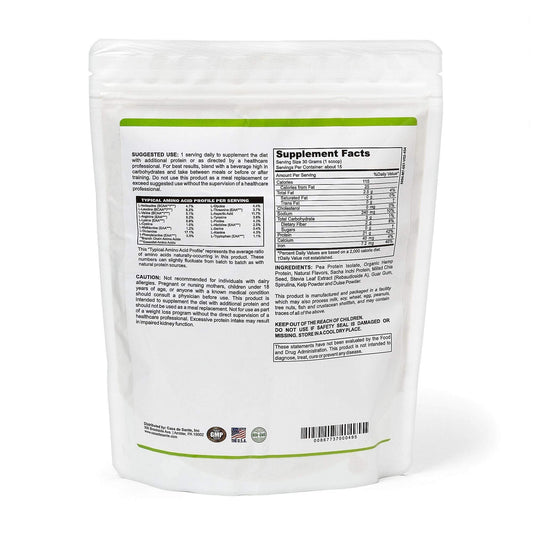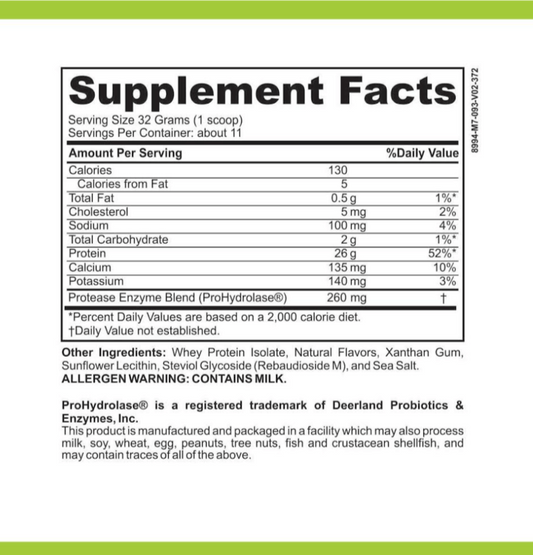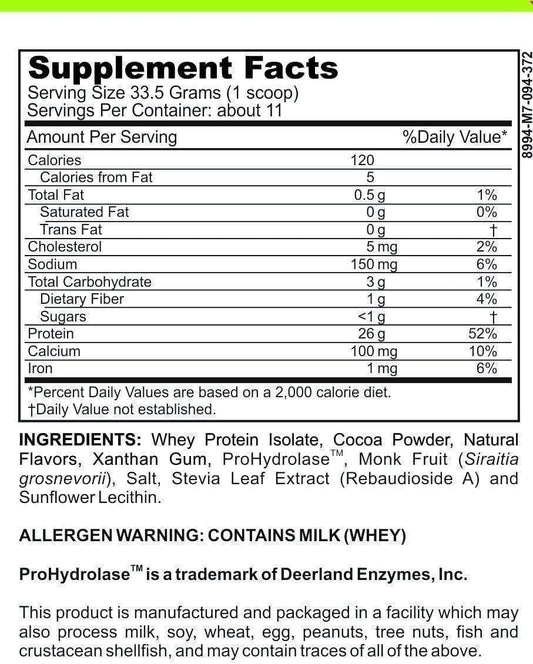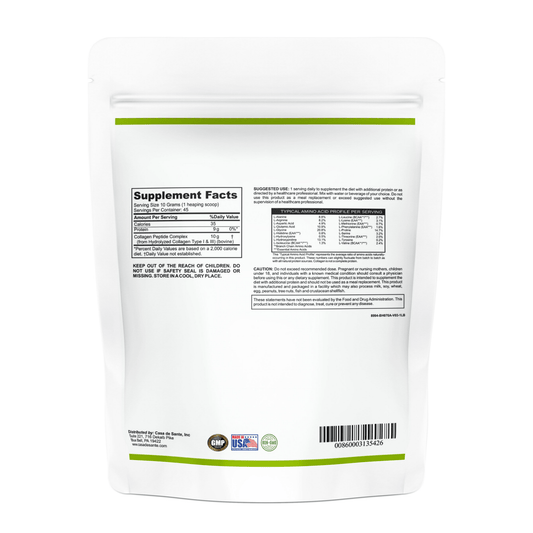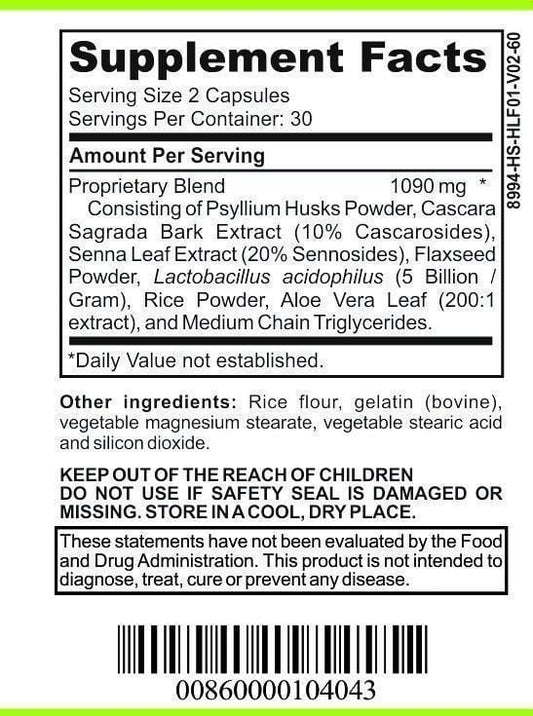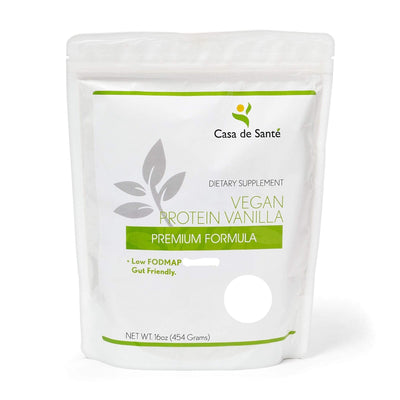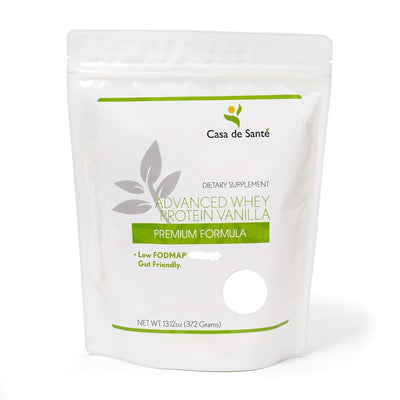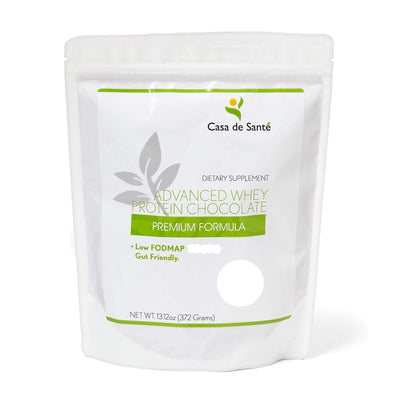What Will the Price of Milk Be in 2022?
What Will the Price of Milk Be in 2022?
Milk is a staple in many households, used in a variety of recipes and enjoyed by people of all ages. However, the cost of milk can fluctuate, impacting consumers and businesses alike. As we look ahead to 2022, many are curious about what the price of milk will be. Understanding the factors that influence milk prices, examining historical trends, and exploring expert predictions can provide valuable insights into what to expect in the coming year.
Understanding the Factors Influencing Milk Prices
Determining the price of milk involves considering various factors that affect both the demand and supply sides of the equation. One crucial factor is the role of dairy farms in milk production. Dairy farmers face numerous challenges, such as fluctuating feed costs, which can impact the final price of milk products.
Feed costs play a significant role in milk production. The availability and price of animal feed, including grains and forage, can greatly affect dairy farm operations. Higher feed costs can lead to increased production expenses, ultimately influencing the price of milk.
However, it is not only the cost of feed that dairy farmers have to contend with. They also face other challenges, such as the cost of maintaining and upgrading their equipment and infrastructure. Modern dairy farming requires state-of-the-art machinery, barns, and milking parlors, all of which come with a hefty price tag. These expenses add to the overall production costs and, consequently, impact the price of milk.
Moreover, dairy farmers must also consider the health and well-being of their cows. Proper nutrition, veterinary care, and housing are essential for maintaining healthy and productive cows. Any issues related to cow health can affect milk production, leading to a decrease in supply and potentially driving up prices.
In addition to feed costs and farm expenses, global demand for milk and milk products plays a crucial role in determining prices. As emerging economies continue to grow, the demand for dairy products increases. This global demand can create competition and influence prices in the market.
Furthermore, consumer preferences and trends also impact milk prices. The rise of plant-based milk alternatives, such as almond milk and soy milk, has introduced new competition to the dairy industry. As more consumers opt for these alternatives, the demand for traditional cow's milk may decrease, affecting prices.
Additionally, government policies and regulations can impact milk prices. Subsidies, import/export regulations, and quality control standards can all influence the cost of milk production and, consequently, the price consumers pay at the grocery store.
Lastly, weather conditions and natural disasters can have a significant impact on milk prices. Extreme heatwaves, droughts, or floods can affect the availability and quality of animal feed, leading to a decrease in milk production and potentially driving prices higher.
Historical Trends in Milk Prices
Examining historical trends in milk prices provides helpful context for understanding price fluctuations. Over the last decade, milk prices have experienced significant highs and lows. Factors such as changes in consumer demand, shifts in production levels, and global economic conditions have all contributed to these fluctuations.
In recent years, milk prices have experienced volatility due to numerous factors. For instance, increased demand for milk and dairy products in certain regions, coupled with supply disruptions caused by natural disasters, have led to price spikes. On the other hand, periods of economic recession have resulted in lower milk prices as consumer purchasing power was limited.
Let's delve deeper into the factors that have influenced milk prices over the years:
1. Consumer Demand: The demand for milk and dairy products has been influenced by various factors, including changing dietary preferences, population growth, and health concerns. For example, the rise of plant-based alternatives and lactose intolerance among certain populations have impacted the demand for traditional cow's milk. These shifts in consumer preferences have had a direct effect on milk prices.
2. Production Levels: Fluctuations in milk production have also played a significant role in price fluctuations. Changes in weather patterns, technological advancements in farming practices, and shifts in government policies regarding dairy farming have all influenced the supply of milk. When production levels are high, milk prices tend to decrease due to the abundance of supply. Conversely, when production is limited, milk prices tend to rise.
3. Global Economic Conditions: The interconnectedness of the global economy has a direct impact on milk prices. Economic factors such as inflation, exchange rates, and trade policies can affect the cost of production and transportation, ultimately influencing milk prices. For example, fluctuations in currency exchange rates can make imported dairy products more expensive, leading to higher milk prices in certain markets.
By analyzing past trends and the factors that influenced those trends, we can make more informed predictions about what the future holds for milk prices. Let's take a closer look at the comparison between 2022 and previous years:
1. Price Fluctuations in 2022: The year 2022 has seen its fair share of milk price fluctuations. Factors such as the ongoing COVID-19 pandemic, supply chain disruptions, and changing consumer behavior have all contributed to the volatility in milk prices. Understanding the specific events and circumstances that impacted milk prices in 2022 can provide valuable insights into the overall trend.
2. Government Policies and Regulations: Government policies and regulations related to dairy farming and milk production can have a significant impact on prices. Changes in subsidies, import/export regulations, and agricultural policies can directly influence the supply and demand dynamics of the milk market. Analyzing the impact of these policies on milk prices in previous years can help predict potential price changes in 2022.
3. Environmental Factors: Natural disasters and climate change have the potential to disrupt milk production and supply chains. Extreme weather events such as droughts, floods, or wildfires can damage crops, affect animal feed availability, and impact the overall productivity of dairy farms. Understanding the historical impact of environmental factors on milk prices can provide insights into potential price fluctuations in 2022.
As we continue to analyze historical trends and the various factors influencing milk prices, it becomes evident that predicting future price movements is a complex task. However, by considering the interplay of consumer demand, production levels, global economic conditions, and other relevant factors, we can gain a better understanding of the potential trajectory of milk prices in the coming years.
Predicted Milk Price Changes in 2022
Expert predictions and analysis play an essential role in understanding potential milk price changes. Economists, industry analysts, and market researchers closely monitor various indicators to forecast future trends.
Experts predict that milk prices in 2022 will remain relatively stable compared to recent years. However, potential inflationary pressures and increased production costs may lead to slight price increases. It is crucial to remember that predictions are not guarantees, but they offer valuable insights into potential scenarios.
Inflation can have a significant impact on milk prices. If the general cost of living increases, including items such as fuel, transportation, and labor, dairy farmers may face higher production costs. To compensate, milk prices may adjust accordingly.
One factor that can contribute to potential inflationary pressures is the global economic climate. Economic events and policies in major milk-producing countries, such as the United States, European Union, and New Zealand, can have ripple effects on milk prices worldwide. Changes in trade agreements, tariffs, and government subsidies can influence production costs and, ultimately, milk prices.
Another consideration is the supply and demand dynamics within the dairy industry. Changes in consumer preferences, dietary trends, and population growth can impact the demand for milk and dairy products. Additionally, weather conditions and natural disasters can affect milk production by impacting the quality and quantity of feed for dairy cows. These factors can create fluctuations in milk prices.
Technological advancements and innovations in the dairy industry also play a role in predicting milk price changes. Improvements in farming practices, genetics, and automation can enhance efficiency and productivity. However, implementing new technologies often comes with upfront costs, which can influence the overall production costs and, consequently, milk prices.
Government policies and regulations can also influence milk prices. Subsidies, import/export regulations, and environmental regulations can all impact the profitability of dairy farming and, subsequently, milk prices. Changes in these policies can introduce uncertainties and potential price fluctuations.
Furthermore, consumer behavior and market trends can affect milk prices. The rise of plant-based milk alternatives and changing dietary preferences can shift the demand for dairy products. Consumer awareness of sustainability, animal welfare, and health concerns can also influence purchasing decisions. These evolving trends can impact the overall demand for milk and, consequently, its price.
In conclusion, while experts predict relatively stable milk prices in 2022, various factors can influence price changes. Inflationary pressures, production costs, global economic climate, supply and demand dynamics, technological advancements, government policies, and consumer behavior all contribute to the complex landscape of milk pricing. Monitoring these factors and staying informed can help stakeholders make informed decisions in the dairy industry.
How Consumers Can Prepare for Price Changes
As consumers, there are steps we can take to prepare for potential milk price changes in 2022. One key aspect is budgeting for grocery expenses. By allocating a specific amount of your budget to milk and other dairy products, you can better manage your household finances.
Exploring dairy alternatives can also be beneficial. Plant-based milk options have become increasingly popular in recent years and can offer a cost-effective alternative to traditional cow milk. Additionally, exploring local dairy farms or farmers' markets may provide options to purchase milk directly from producers, reducing costs associated with distribution and transportation.
The Global Impact of Rising Milk Prices
While price changes may seem localized, they can have global implications, especially in the dairy industry. Rising milk prices can affect farmers, processors, and consumers around the world. Understanding the global impact is crucial for assessing the broader economic consequences.
In the dairy industry, rising milk prices can lead to increased production costs for farmers. This, in turn, may impact the affordability of dairy products for consumers. Additionally, higher milk prices can influence global trade dynamics, as countries may seek to import or export dairy products to meet demand or mitigate price fluctuations.
Furthermore, rising milk prices can have implications for food security and nutrition, particularly in regions where dairy products are a primary source of nutrition. Understanding these impacts can help policymakers and stakeholders develop strategies to address potential challenges.
Implications for Global Trade
Global trade in dairy products is a complex network of interconnected markets and supply chains. Rising milk prices can have implications for this global trade, affecting both importing and exporting countries.
For importing countries, higher milk prices can lead to increased costs for dairy products, potentially impacting access to affordable nutrition. In contrast, exporting countries may benefit from rising prices as their products become more valuable in the international market.
However, it is important to note that the impact of rising milk prices on global trade is influenced by various factors, including supply and demand dynamics, trade policies, and international agreements. Understanding these complex interactions can aid in developing strategies to ensure a balanced and sustainable global dairy market.
Conclusion
While it is impossible to predict the exact price of milk in 2022, understanding the factors influencing milk prices, examining historical trends, and considering expert predictions can help provide insights into what may lie ahead. By staying informed and exploring options, both producers and consumers can better adapt to potential price changes and make informed decisions regarding milk and dairy product consumption.


